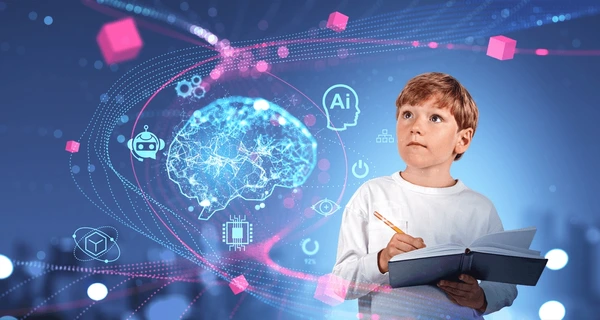The world of online education is evolving faster than ever — and one of the big drivers is artificial intelligence (AI). In 2026, “learning online” isn’t just watching videos or reading PDFs. With AI, online education is becoming smarter, more flexible, and more personalized. Whether you’re a teacher, course creator, or a student, it’s important to understand how AI is reshaping the digital classroom.
1. Personalized Learning at Scale
AI is enabling learning experiences that adapt in real time to each student’s pace, habits, and needs.
- AI-driven platforms analyse how learners interact, identify weak spots, and adjust content accordingly.
- Instead of “one-size-fits-all”, students now receive custom learning paths, targeted practice, and recommendations.
- Example: A student struggling with a topic may get extra interactive exercises; an advanced student might skip ahead–all thanks to AI.
2. AI-Powered Tutoring & Virtual Assistants
24/7 support is now a reality thanks to AI tutors, chatbots, and virtual assistants.
- These systems answer student questions, give explanations, and provide step-by-step guidance outside classroom hours.
- Teachers also get relief because routine queries and basic support tasks are handled by AI, freeing up time for deeper instruction.
- As a result, learners in different time zones or with varying schedules can get help when they need it.
3. Automated Assessment & Feedback
AI is changing how we assess students and provide feedback in the online realm.
- Automated grading tools can evaluate quizzes and assignments quickly and consistently.
- Predictive analytics can flag learners who might fall behind and suggest interventions.
- For course creators, this means less manual work and more focus on designing meaningful learning experiences.
4. Accessibility & Global Reach
With AI, online education is breaking down barriers of language, geography, and ability.
- Real-time translation, speech-to-text, and adaptive interfaces help students who speak different languages or have disabilities.
- Online platforms powered by AI scale more easily — more students, more flexibility, fewer constraints.
- This opens new markets and learning opportunities for people who previously might have been excluded.
5. Smarter Content Creation & Course Design
AI isn’t just helping students — it’s also helping educators create more engaging content, faster.
- From auto-generating quizzes and flashcards to summarizing video lectures, AI speeds up the content creation process.
- Interactive elements (like gamification, simulations, virtual or augmented reality) benefit from AI analytics to refine what works.
- For online teaching platforms, this means better content, shorter development time, and richer learning experiences.
6. Challenges & Ethical Considerations
With all this promise, there are important concerns to keep in mind.
- Academic integrity: With powerful AI tools available to students, ensuring genuine learning and avoiding misuse becomes a challenge.
- Data privacy & bias: AI systems depend on large data sets — ensuring fairness, transparency, and security is critical.
- Teacher training & adoption: Educators need support to integrate AI tools effectively, not just as add-ons but as part of pedagogy.
- Access inequality: Some students may lack devices, connectivity, or exposure to AI-enabled learning.
- A balanced approach is key: AI supports—but does not replace—human educators.
Conclusion
AI is not a distant future for online education — it’s here, and it’s reshaping how we teach, learn, and build courses. For students, it means more personalized, flexible, and effective learning. For teachers and course creators, it means new tools to engage, support, and measure performance. As you move forward in 2026, embracing AI thoughtfully and ethically will help you stay ahead — and make your online education efforts more effective than ever.

